Architectural Art Installation Celebrates the Significance of the Magna Carta
An architectural artwork called “Writ in Water,” inspired by a historical event which took place at the site it was built has opened at Runnymede in the English County of Surrey.
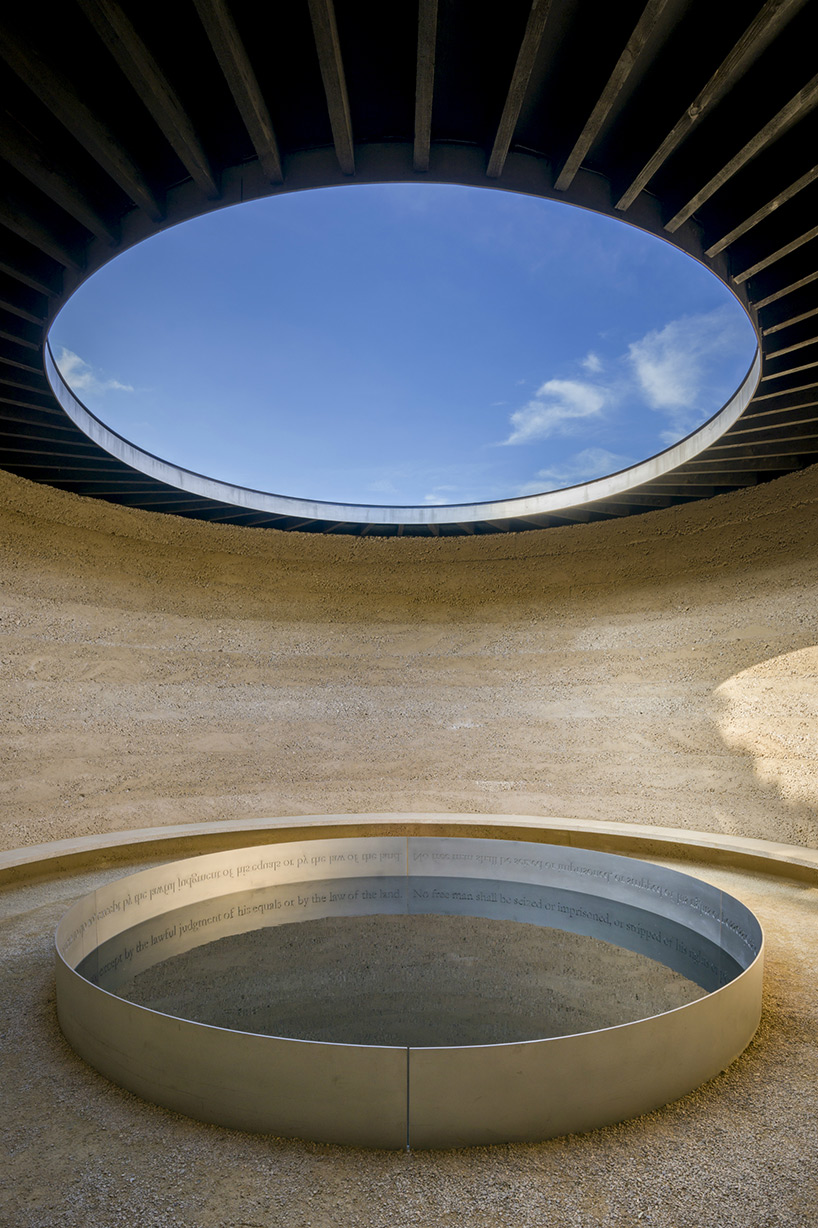
Several centuries ago, Runnymede served as the location where feudal barons forced king John to seal the Magna Carta — a founding moment in shaping the basis of common law across the world. The art installation celebrates the enduring significance of the charter and the buildings purpose serves as a space of contemplation and reflection.
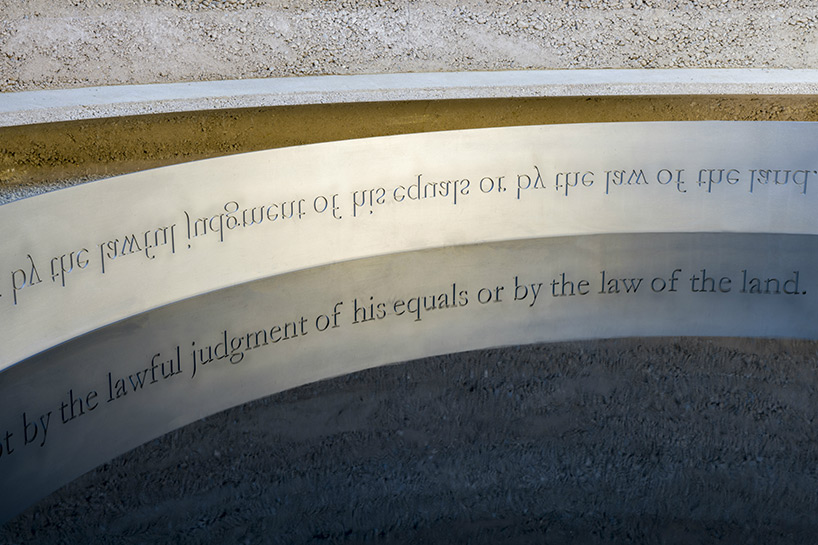
Commissioned by the national trust in association with arts producers situations, the project is by artist mark wallinger in collaboration with architecture firm studio octopi.
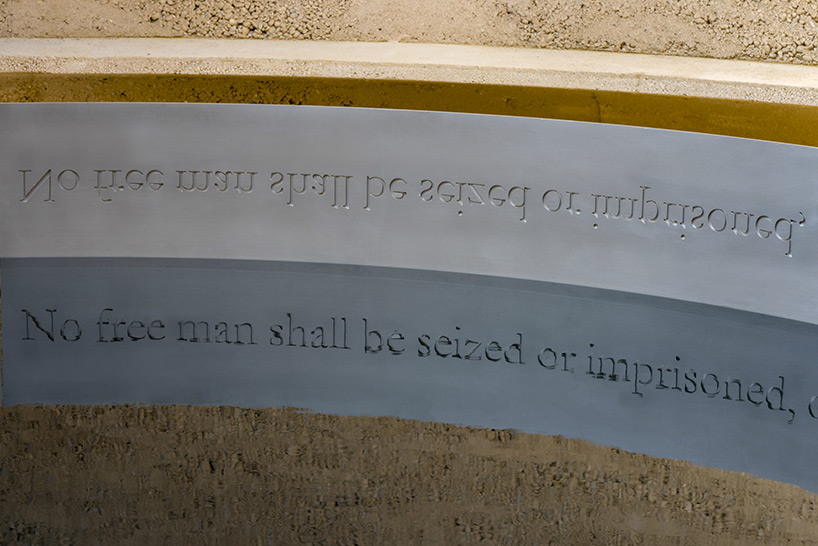
Inspiration for the piece came directly from clause 39 of the Magna Carta.
“No free man shall be seized or imprisoned, or stripped of his rights or possessions, or outlawed or exiled, or deprived of his standing in any way, nor will we proceed with force against him, or send others to do so, except by the lawful judgment of his equals or by the law of the land.”
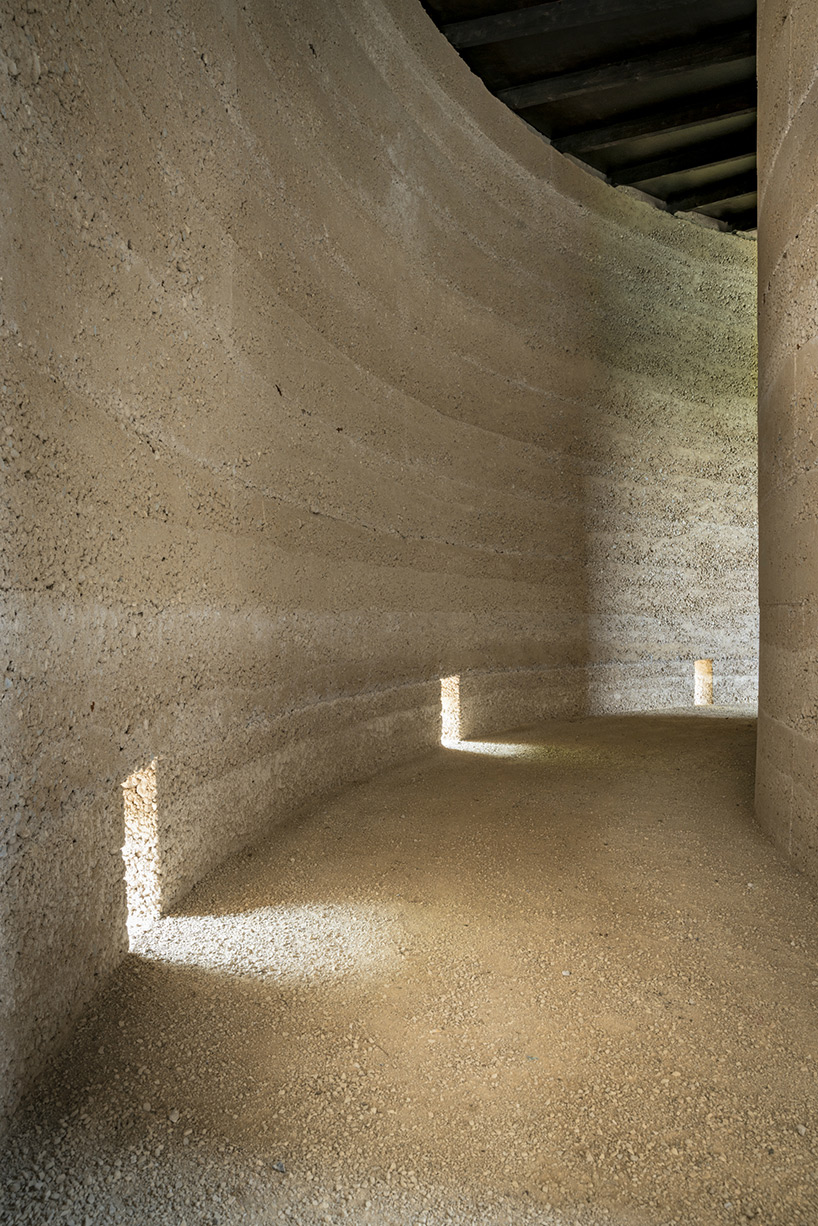
The design is circular and made of rammed stoned excavated directly from the site. It is surrounded by the river Thames to one side and an ox-bow lake to the other side. The name, “Writ in Water,” comes from the inscription on poet John Keats’ gravestone, which reads, “here lies one whose name was writ in water.”
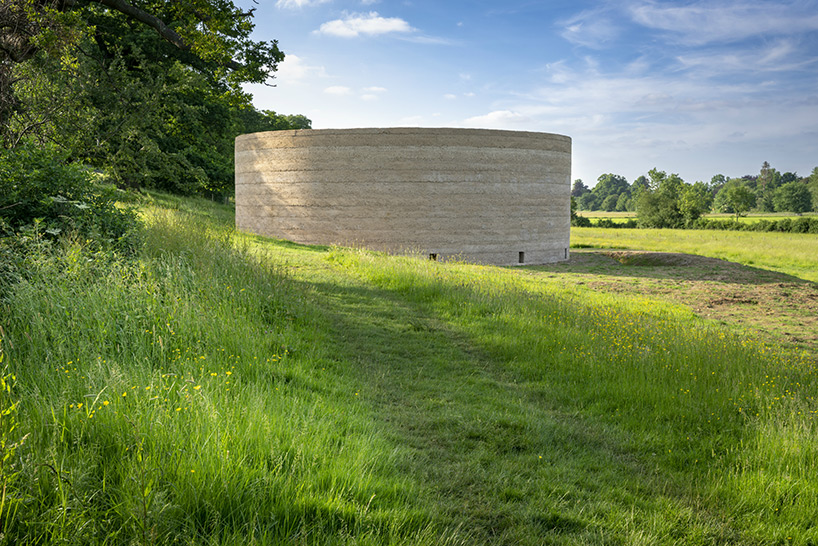
From the outside, the building is a solid circular structure with a doorway leading into a labyrinth. The visitor is given the option of turning left or right both leading to an inner doorway that opens into the central chamber. Below, a round pool of water and above, the sky seen through a circular hole of equal proportion where sunlight and moonlight enters reflecting upon the still water.
Clause 39 is inscribed on the inner side of the pool, which is reflected onto the pool of water.
“In writ in water, the use of reflection to make the text legible plays against the idea of a law written in stone,” explains Mark Wallinger. “Magna Carta curtailed this divine right and issued the first secular writ.’
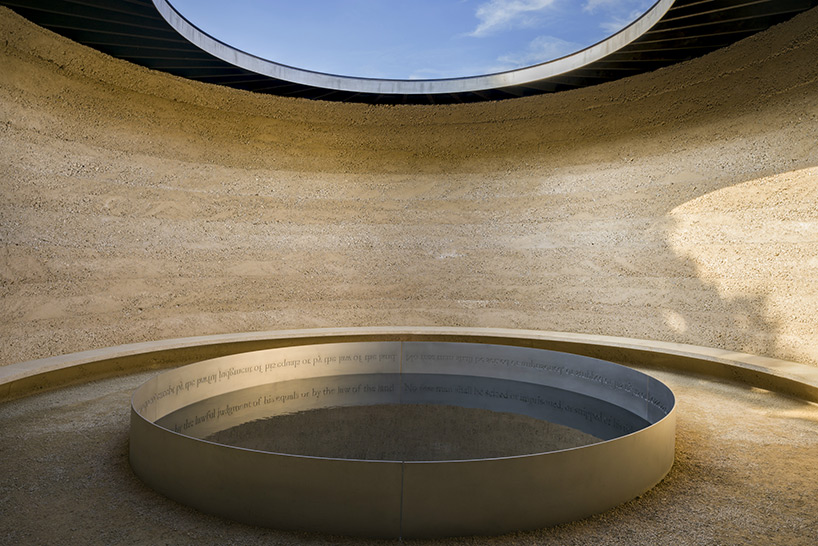
“Keats though despairing of his legacy was to become one of the immortals and his words live anew when learnt and repeated by every succeeding generation,” Wallinger continues.
“Similarly, although Magna Carta established the law and the nascent principles of human rights, the united kingdom has no written constitution. What seems like a birthright has to be learned over and over and made sense of. Whether the words are ephemeral or everlasting is up to us.”